The Roman period in the Holy Land began in 63 BCE with the invasion of Palestine by the Roman army under Pompey. This period lasted until 324 CE, a year that is commonly seen as the beginning of the Byzantine Empire in the Holy Land. It was the Romans that coined the name “Palestine”. A term mentioned as early as the middle of the 5th century BCE by the Greek historian Herodotus, referring to the land of the Philistines along the coast line of the Land of Israel.
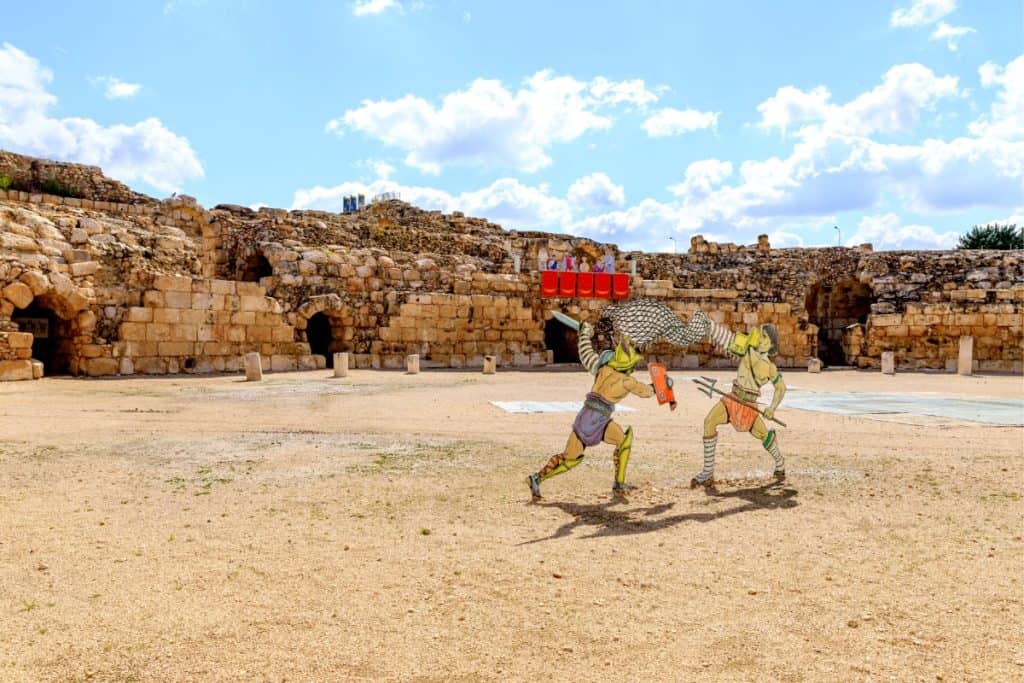
The Roman Period in the Holy Land
The Romans, which instituted policies of colonization, Hellenization, expropriation of local residents, and expropriation of land, met with fierce opposition from the Jewish compatriots who made up the majority of the population. Of all the provinces, the opposition of the Jews to Roman rule was the longest and most difficult.
After the Great Revolt (66-70 CE), and with more harshness and cruelty about 60 years later, after the Bar Kochba Revolt (132-135 CE), the Romans worked to reduce the Jewish population in the country and to damage its rebellious nationalism.
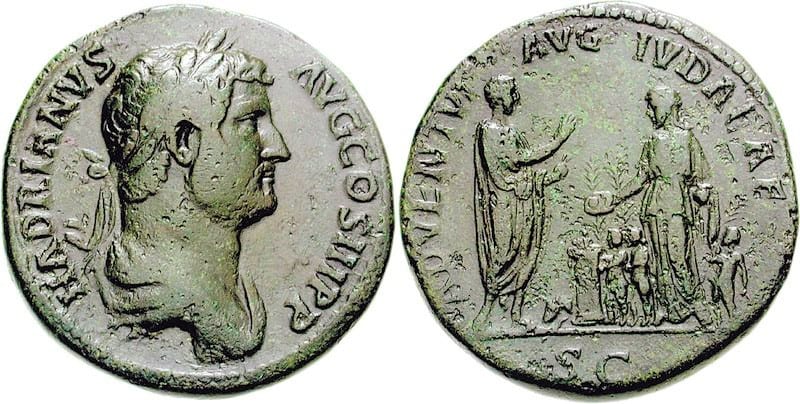
Credit: Classical Numismatic Group Inc, CC BY-SA 3.0
The Roman Empire eventually eliminated the independence of the Jews in the country as well as the Jewish majority in it, and even changed the name of the country, in 135 CE, from the province of Judea to the province of Syria and Palestine. The Jewish people lost their political freedom, became a minority in their country, and the forced socio-economic system destroyed the status of the Jewish peasants.
The Roman General Pompey
Roman general Pompey conquered Jerusalem and its surroundings by 63 BCE. The Romans deposed the ruling Hasmonean dynasty of Judaea (in power from c. 140 BCE) and the Roman Senate declared Herod the Great “King of the Jews” in c. 40 BCE. Judea proper, Samaria and Idumea became the Roman province of Iudaea in 6 CE.
Provincia Judaea
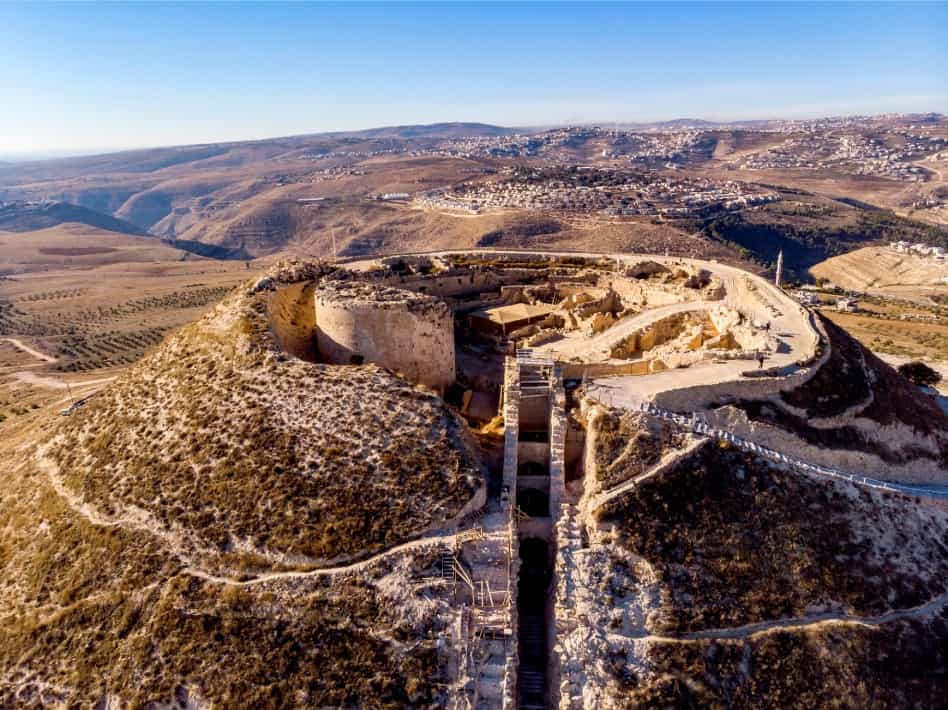
Jewish–Roman tensions resulted in several Jewish–Roman wars between the years 66 and 135 CE, which resulted in the destruction of Jerusalem and the Second Temple and the institution of the Jewish Tax in 70 (those who paid the tax were exempt from the obligation of making sacrifices to the Roman imperial cult).
First Relations Between Judea and Rome
Relations between Judea and Rome began with a Roman diplomatic delegation in the east and provided assistance to Jews who at this time rebelled against the Seleucid Empire following the Persecution of Jews imposed by King Antiochus IV. The pact became official in 161 BCE an alliance with the republic, was based on mutual hostility to the Seleucids and the heirs of Judah which renewed the alliance and adopted pro-Roman policies.
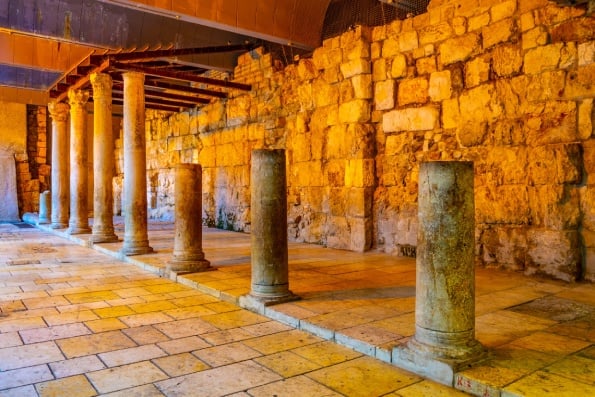
This situation changed during the reign of Hasmonean King, Alexander Jannaeus, who unlike his predecessors chose not to renew the alliance with Rome. The background to his policy was probably the disintegration of the Seleucid Empire and the fear of Rome’s intensifying power in the East. Alexander Jannaeus apparently chose to associate himself with an anti-Roman Eastern alliance with the Persian Empire, Pontus, and Armenia. Thus alienating the chances of his descendants entering the Roman period as allies of the Romans, which could have preserved the power of the Hasmonean kingdom.
Judea as a Roman Protectorate
With the conquest of Syria by the Roman general Pompey, it was clear to all that the Land of Israel would follow, and would fall under the yoke of Rome. To Pompey came delegations on behalf of Hyrcanus II and Aristobulus II who were involved in the controversy over control of Judea. Another delegation was the representatives of the people who were fed up with the rule of the brothers.
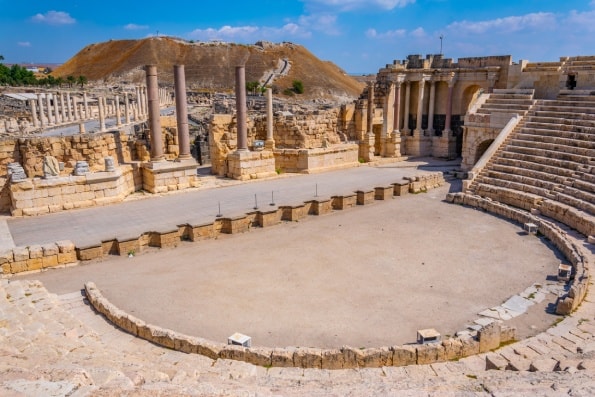
At first, Pompey did not reach a decision, but with Aristobulus’ attempt to rebel against him, he conquered Jerusalem and captured Aristobulus and his family, and sent them to Rome. He also desecrated the Temple when he entered the Holy of Holies. But immediately afterward commanded to purify it and to reinitiate the ritual. Now Pompey handed over the kingdom to Hyrcanus while demoting it to the rank of Ethnarch (a title which is less than a king), ripping several provinces out of his control and re-establishing the Hellenistic cities of Decapolis and the coastal plain, which the Hasmoneans destroyed.
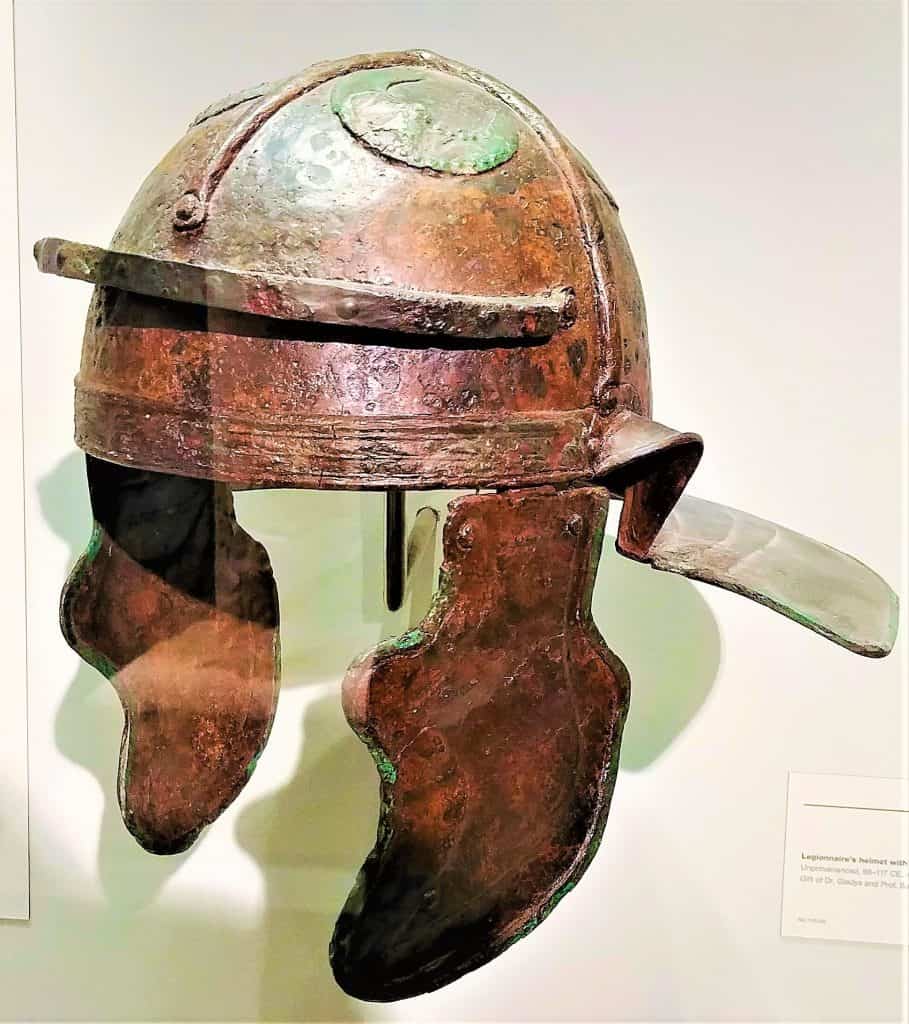
Rome’s presence provoked strong opposition in Judea. In 57 BCE a revolt led by Alexander II, who was the son of the deposed king and grandson of Alexander Jannaeus, took over Jerusalem, took over the Temple guard, and began to build the walls of Jerusalem that Pompey destroyed. Alexander established a large military force that according to Josephus Flavius Ten thousand soldiers and one thousand five hundred cavalries. The revolt was suppressed by the Syrian governor Aulus Gabinius.
The Roman Period in the Holy Land – Julius Ceaser
After the victory of Julius Caesar in 45 BCE in the Civil War, he reunited Judea under the rule of Hyrcanus and appointed Antipater as guardian of Judah and this appointed his sons Phasael and Herod as governors of Jerusalem and the Galilee. Julius Caesar’s treatment of the Jews was tolerant and accepting.
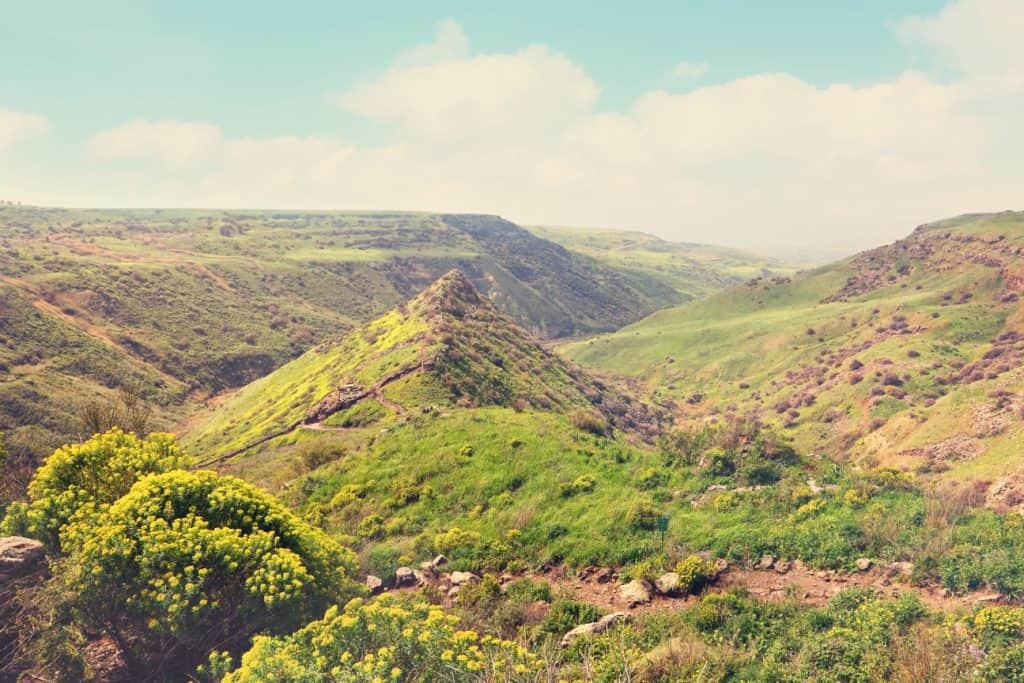
He stated that the Jews are a people (ethnos), ruled by an ethnarch or a high priest in a recognized status of an ally. Such rulers allowed the Romans to decide on all the life aspects of their citizens. Julius Caesar permitted the rebuilding of the walls of Jerusalem and returned to Judah parts of the land that were taken away by Pompey.
In addition according to Josephus Ceaser also forbade the conscription of the Jews (including the Jews of the Diaspora) into the Roman army. This situation did not last long, however, Caesar was assassinated in 44 BCE and Antipater was assassinated the following year.
The Reign of Herod the Great (37-4 BCE)
The political situation changed again following the victory of the Second Triumvirate at the Battle of Philippi, Iudea fell under the rule of Marcus Antonius who confirmed the status of Phasael and Herod and promoted them to the rank of Tetrarchs.
The rule of the two brothers lasted until the year of the Parthian invasion in 40 BCE, the Parthians conquered the province and made Antigonus their king. In the meantime, Herod made his way to Rome and succeeded in convincing the Triumvirate to make him king of Judah. With the re-conquest of Judea by the Roman army in 37 BCE, Rome established Herod’s rule over Judea.
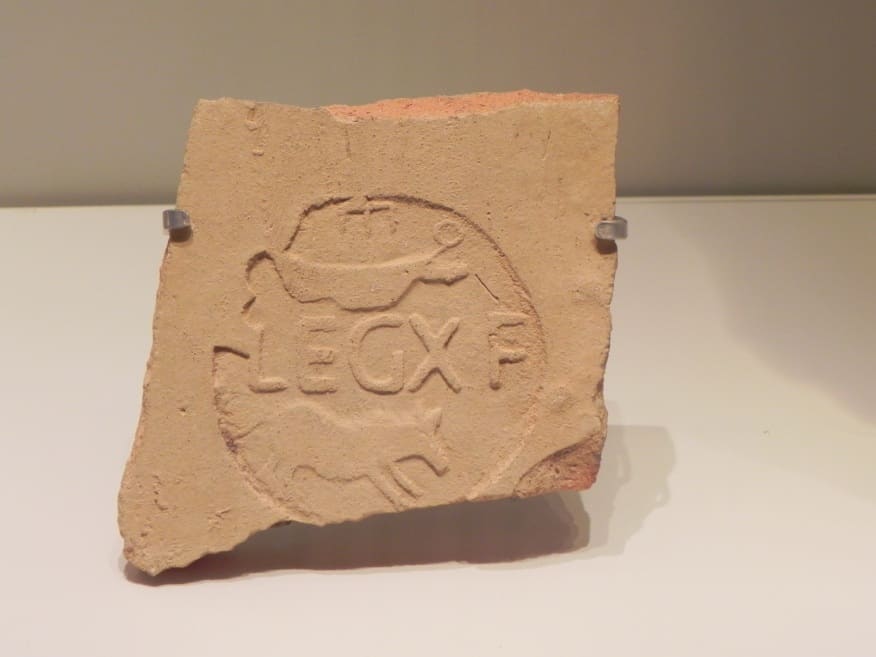
Politically Herod was a Vassal king and was loyal to Rome and naturally close to the Eastern ruler Marcus Antonius. With the defeat of Antonius, his patron, at the Battle of Actium, in 31 BCE, Herod hastened to transfer his support to Octavius (who changed his name to Augustus Caesar), which confirmed his status as King of Judah and even increased the territory of his kingdom several times.
The Roman Period in the Holy Land- Philo of Alexanria
The Jewish philosopher Philo of Alexandria, in his essay “Embassy to Gaius”, praises Augustus for his treatment of Jews in general and the Jews of Rome in particular and for his tolerance of the restrictions imposed on them by the Jewish religion. In addition, Philo attributes to Augustus the initiative of leading the “Sacrifice of the Emperor” – a daily sacrifice in the Temple in Jerusalem for the peace of the emperor, which was stopped in 66 and thus signaled the outbreak of the Great Revolt.
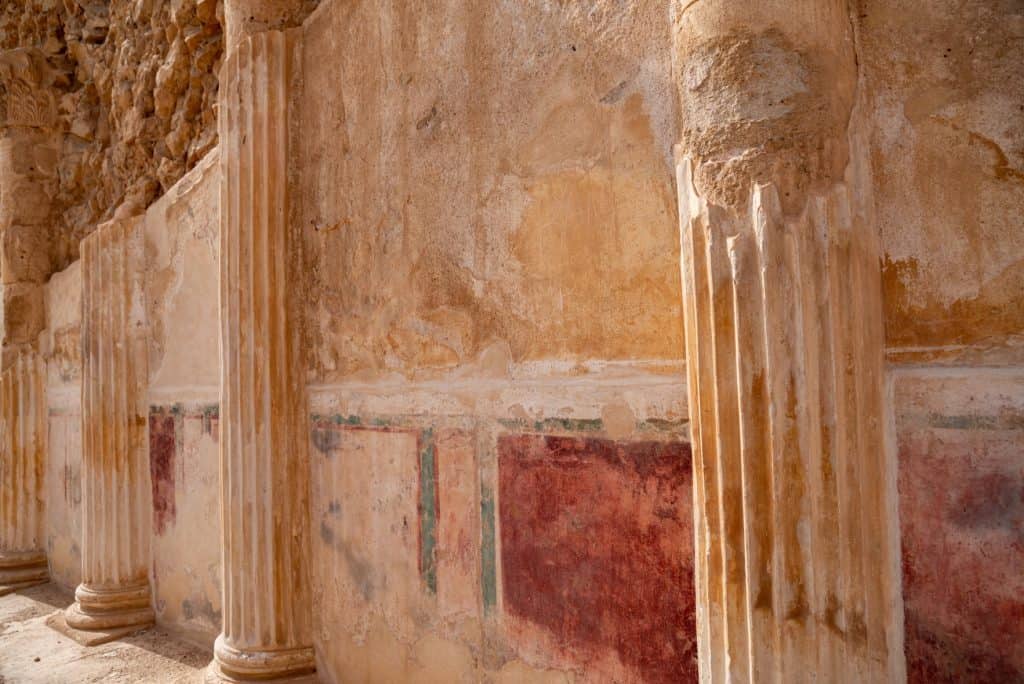
Herod’s rule was of a tyrannical nature, and he did not enjoy the support of the vast majority of the people. First, because of his political support for Rome and because of his disregard for the laws of Judaism. In addition, Herod worked to strengthen the non-Jewish elements in the kingdom, who were loyal to Roman rule. After Herod’s death, a number of revolts broke out which were suppressed by Syrian governor, Publius Quinctilius Varus.
The Herodian Tetrarchy (4 BCE – 6 CE)
With the death of Herod in 4 BC, the emperor Augustus, at the request of the people’s representatives, honored Herod’s will, and divided his kingdom among his three sons and sister: Archelaus received the main part of the kingdom which included Edom, Samaria, and Judea, Herod Antipas received the Galilee and the Piria (across the Jewish Jordan), Philip received the Bashan and his sister Shlomit received Yavne, Ashdod, and Phasaelis.
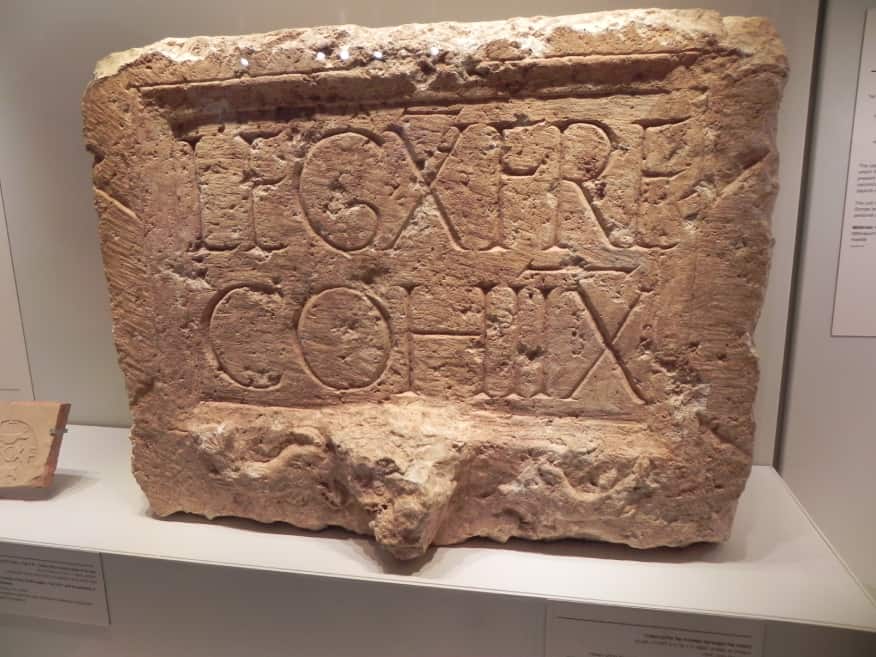
The status of the sons of Herod was inferior to that of their father since neither of them held the title of king and they did not even enjoy the same trust on the part of Rome, which Herod their father had won.
Archelaus continued his father’s policy but was found to be a ruler with an inferior talent to Herod’s. He even managed to infuriate the people, until in 6 CE two Jewish and Samaritan delegations went to Rome, complaining to the emperor Augustus about the rule of Archelaus. As a result, the emperor decided to oust Archelaus, and send him into exile in Gaul, and annex Judea as a Roman province.

